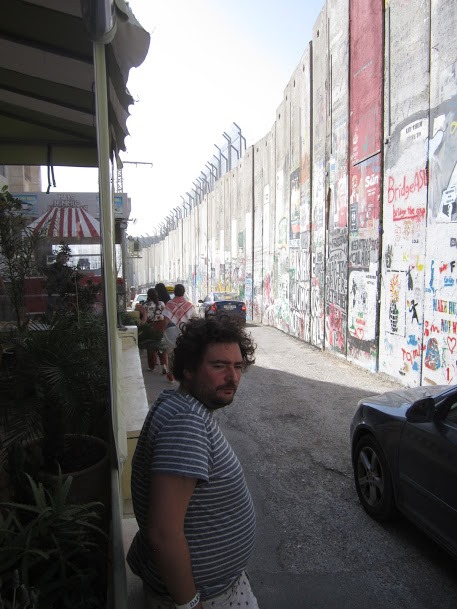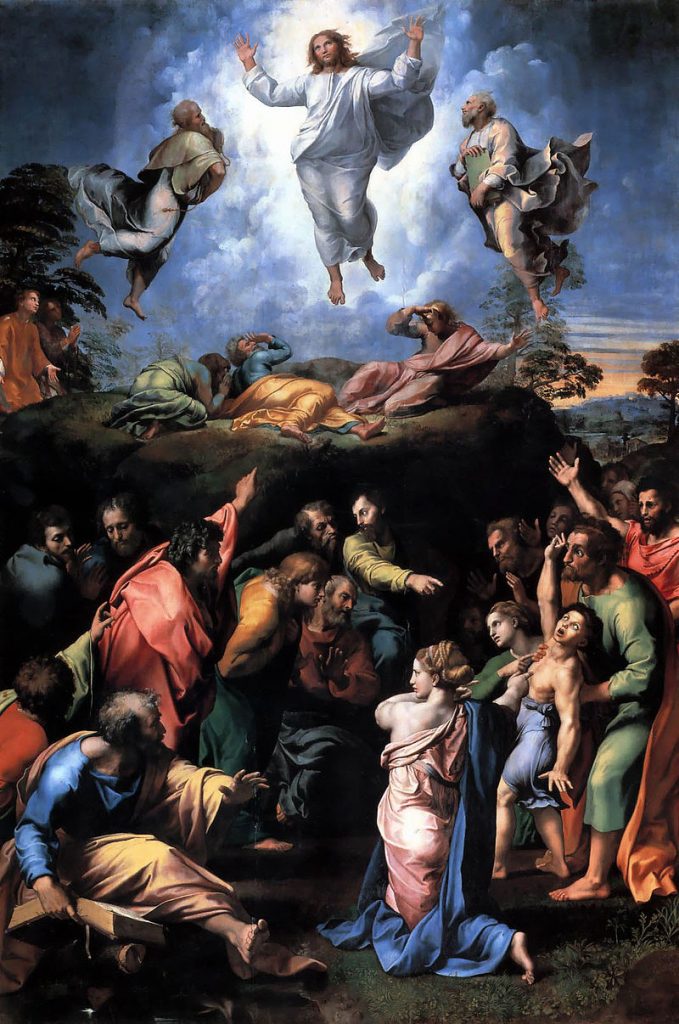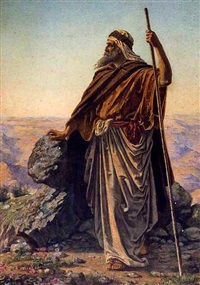
* * * *
August 16, 2020 – Finally, I get to do a fun post. Fun because it takes me back to last year’s St. Mary, “Virgin,” and more on Jerusalem. That’s because yesterday – August 15 – was the feast day of St. Mary the Virgin. (As celebrated in the Episcopal Church.) And it’s a reminder that last year I got to visit – among other places – Mary’s spring in Ein Kerem, in Israel. For more on this Mary see August 2014’s St. Mary, Mother, and Mary (mother of Jesus) – Wikipedia:
She is identified [as] the mother of Jesus through divine intervention. Christians hold her son Jesus to be Christ (i.e., the messiah) and God the Son Incarnate. Mary (Maryam) also has a revered position in Islam, where a whole chapter of the Qur’an is devoted to her, also describing the birth of Jesus… [She] is considered by millions to be the most meritorious saint of the Church. Christians of the Catholic Church[,] Anglican Communion, and Lutheran churches believe that Mary, as Mother of Jesus, is the Mother of God and the Theotokos, literally “Bearer of God.”

As for Ein Karem (at right, “in the Jerusalem hills”): According to tradition, it’s where Mary stopped for water while visiting John the Baptist’s parents. In turn, that’s when the soon-to-be born John “leaped” in the womb of his mother, Elizabeth. (Luke 1:41.)
And here’s what I wrote last year about that visit: “Thursday May 16[, 2019] we visited Ein Kerem, the Church of the Visitation and Mary’s spring.” After that we had lunch at the “Tent Restaurant, Beit Sahour” – a really good meal – then visited the Church of the Nativity and the “chapel” – and Cave – of St. Jerome, both in Bethlehem:
The church [including the cave] was both packed and crowded. There we stood a long while, waiting to do a hump-through-a-tunnel extension of the tour. It was then I noticed a fellow pilgrim in danger of getting stressed out by all the crowds and noise. So I did a Good-Samaritan thing – kind of – and persuaded him to join me at the garden restaurant next door – and have a prophylactic Taybeh (Palestinian) beer.
In other words, you had a choice…
You could bend down and crawl through a small, dark, damp tunnel, with somebody’s rear-end right in front of you – and yours right in front of the face of the person behind you. Or you could do what I did and opt for some liquid refreshment. (In the process helping a stressed-out fellow pilgrim.) Of that episode I wrote later that in such situations you need to “pick your battles.” And that it always seemed to me that finding a spiritual breakthrough usually comes when you’re alone, not “surrounded and jostled by hordes of hot, sweaty and pushy ‘fellow travelers.’”
But we’re going a bit off on a tangent here…
Getting back to 2014’s St. Mary, Mother, it explained why she is often shown wearing blue, as in the top image. “In Renaissance paintings especially, Mary is portrayed wearing blue, a tradition going back to Byzantine Empire, to about 500 A.D., where blue was ‘the colour of an empress.'” Another explanation: In Medieval and Renaissance Europe they got blue pigment from lapis lazuli, “a stone imported from Afghanistan of greater value than gold… Hence, it was an expression of devotion and glorification to swathe the Virgin in gowns of blue.”

In turn the highlight of the day’s Bible readings is the Magnificat, beginning “My soul magnifies the Lord.” In Luke, Mary recites this hymn during her Visitation to her cousin Elizabeth. “In the narrative, after Mary greets Elizabeth, who is pregnant with the future John the Baptist, the child moves within Elizabeth’s womb. When Elizabeth praises Mary for her faith, Mary sings what is now known as the Magnificat in response.”
But of course Mary’s life wasn’t always – or maybe even that often – just a bowl of cherries. See for example the Seven Sorrows of Mary, including but not limited to the flight into Egypt, losing Jesus – at 12 years old – in the Temple, meeting Him carrying the cross, the Crucifixion and burial. “When Mary said ‘yes’ to bringing Jesus into the world, she took on both the joys and the pains that came with it. “
Which brings us back to Bethlehem, where Jesus was born, and to last year’s visit to Israel. And to my photo above left. That is, we ended Mary 16 – the same day we visited Mary’s Spring – at Bethlehem‘s Wall of Separation, also known as the “Israeli West Bank barrier.” And in a bit of sarcasm – or irony – we stopped at the “Walled Off Hotel.”
I took some photos of both the “Walled Off” and the Wall of Separation that runs right by it, and right through the City Of Jesus’ birth. Doing that I caught the expression of the Palestinian in the foreground of the photo above left, and later commented, “That look about says it all.*”
Then there was the irony of Bethlehem as where Jesus was born, and thus where “God’s love, mercy, righteousness, holiness, compassion, and glory” – expressed in Him – were to begin. “But seeing the Walled-off Hotel in His birthplace, I didn’t know whether to laugh or cry.”
And speaking of “Walls That Divide Us,” tomorrow – Monday, August 17 – will begin the Twenty-third full week of the COVID-19 pandemic. Here’s hoping that someday that “wall between us” will come down too, along with all the other walls that divide people, as expressed in Ephesians 2:14. Speaking of the wall that once (?) divided Jews and Gentiles, the Good News Translation reads, “For Christ himself has brought us peace by making Jews and Gentiles one people. With his own body he broke down the wall that separated them and kept them enemies.”
We could use lots more of that. The only problem is, we may have to do a lot of the work ourselves. Meanwhile, here’s my photo of “Mary’s Spring,” from last year:
* * * *
* * * *
The upper image is courtesy of Mary (mother of Jesus) – Wikipedia. See also Mary’s spring in Ein Kerem – BibleWalks.com, and Ein Karem – Wikipedia.
As to weeks of the Covid pandemic, see for example On St. Philip and St. James – May, 2020. There I explained that, to me, “the pandemic hit full swing – the ‘stuff really hit the fan’ – back on Thursday, March 12,” when the ACC basketball tournament got cancelled, along with other major sports. “So my definition of the ‘First Full Week of the Covid-19 Pandemic’ has it starting on Sunday, March 15 and ending on Saturday the 21st.” Or for my exercise and other weekly-quota routines, starting on Monday, March 16 and ending Sunday night, March 22d.
The lower photo I took myself during that trip to Israel last year. (2019.) And re: “That look about says it all,” here’s a bigger view of the photo:
* * * *

* * * *



